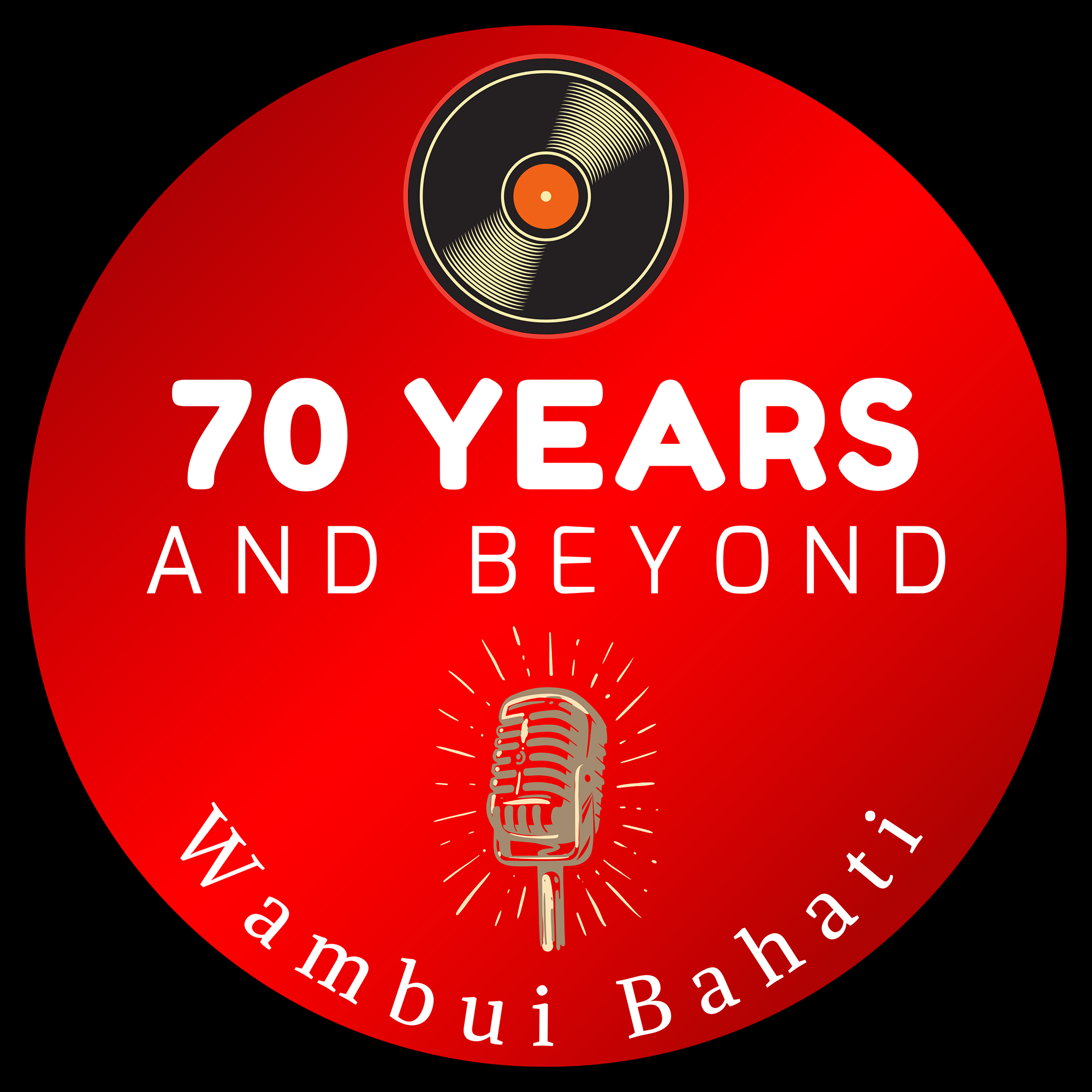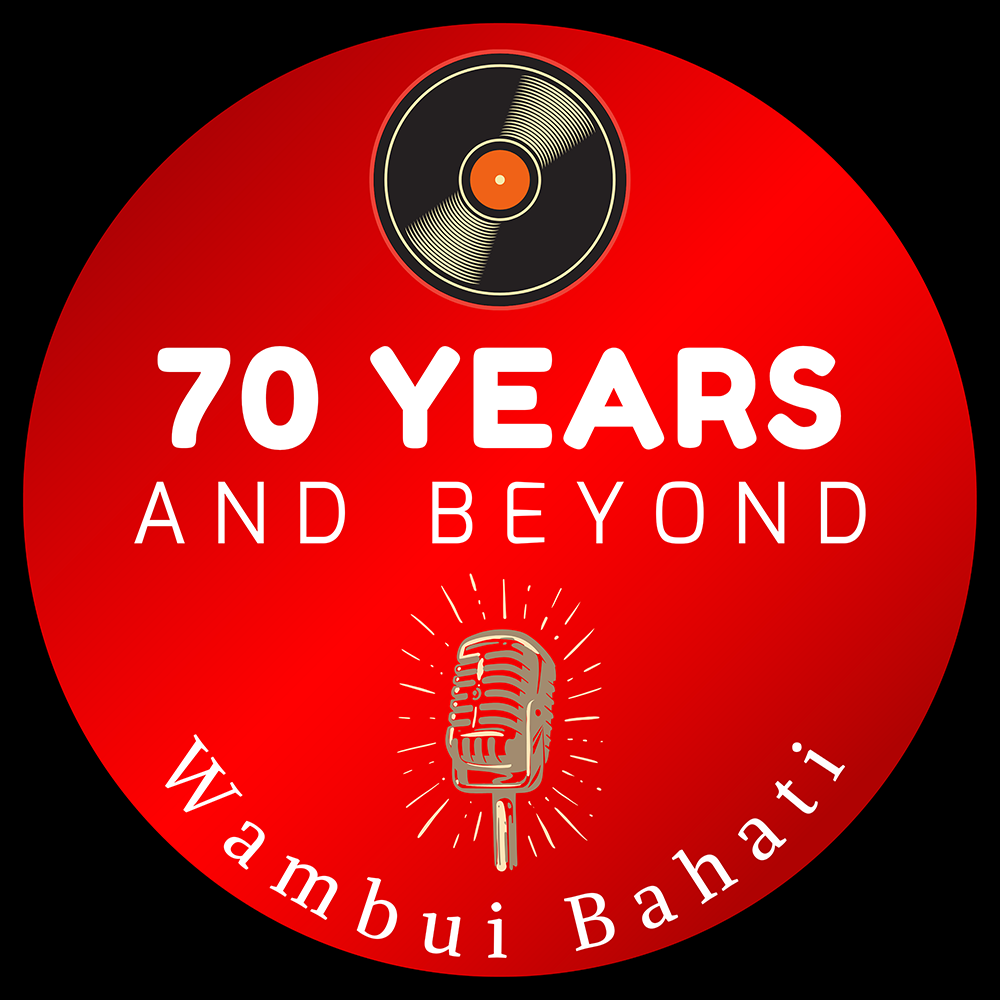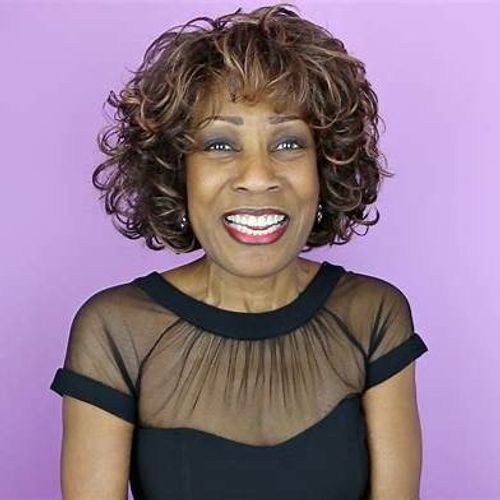From Hot Combs to Afros: A Hair-Raising Journey Through the 60s
Let’s dive into the fabulous world of hair! This episode is all about the journey of hair for Black women and girls, especially from the perspective of growing up in North Carolina in the 1950s. We kick things off with some amusing and sometimes painful memories of getting our hair pressed with a hot comb and dealing with the occasional ear burn—yikes! But as times changed, so did hairstyles, and we reminisce about the groundbreaking moment in the late 60s when some brave girls rocked their afros to high school. The excitement and shockwaves that spread through the school were nothing short of legendary! Plus, we’ll share how these experiences shaped our views on beauty, identity, and the evolution of hair care, from Royal Crown Jelly to the glorious afros and everything in between. So, grab your favorite hair products and tune in for a fun, nostalgic ride!
…
Growing up in North Carolina during the 1950s was an adventure in itself, especially when it came to hair. I mean, let’s be honest, there was nothing quite like the experience of getting your hair pressed with a hot comb. Picture it: my mom wielding that sizzling comb like a sword, while I tried not to flinch every time it got too close to my ears. Ouch! Those ear burns were a rite of passage, and trust me, they were no joke. We were all caught in this whirlwind of wanting straight hair, influenced by those images of glamorous, straight-haired women we saw on TV and in magazines. It was like we were under a spell, wanting to flip our hair just like them! But in a world where chemical straightening was still a distant dream in our community, we leaned on Royal Crown Jelly—a grease that promised to tame our wild curls. This episode dives deep into the evolution of black hair in America, from the painstaking process of straightening to the revolutionary moment when afros took center stage in the late 60s. I still remember those two brave girls who showed up to school with their natural hair. Can you imagine the buzz? It was electrifying! We were all torn between tradition and this bold new expression of identity. It paved the way for a lot of us to rethink what beauty really meant.
Fast forward to the late 60s, and the scene changed dramatically. I graduated in '68, but before that, I was in high school when those two girls turned heads with their afros. It felt like a seismic shift in our community! Everyone was talking about it, and there was confusion and excitement in equal measure. How could they show up to school without straightened hair? It was a defining moment, not just for them but for all of us navigating our identities in a world that often dictated how we should look. Reflecting on my sister's bravery when she came home from Howard University with her own afro, I realized how those choices were not just personal but political. The episode captures this spirit of rebellion and self-acceptance that defined the era, where the act of wearing natural hair became an act of defiance and pride.
As we trace the journey of hair and identity, we can’t forget the delightful chaos of the 70s and 80s. From Jheri curls to California curls, it was like a hair revolution! I even ventured into the world of locks, long before they became mainstream. It’s amusing to think back to those days when people would approach me, unsolicited, and tell me to straighten my hair. Oh, the irony! Many of those same folks have embraced their own natural locks today. We laugh about it now, but it highlights the journey of acceptance we've all traveled. This episode is a heartfelt tribute to the memories, the struggles, and the victories that come with our hair stories. It’s about embracing our roots, quite literally, and celebrating the beauty of diversity in all its forms. Buckle up as we take you on this nostalgic journey filled with laughter, reflection, and a whole lot of hair talk!
The conversation flows through a tapestry of memories, beginning with what it meant to grow up in North Carolina in the 1950s, where the quest for straight hair was as common as the Sunday church service. The hot comb was a household staple, and I can still feel the heat on my scalp, paired with the occasional ear burn that came along for the ride. We wanted to mimic the straight-haired idols on TV and in magazines, and Royal Crown Jelly was our secret weapon. It was more than just hair care; it was a ritual, a way of fitting in while navigating the complexities of race and beauty standards.
As we delve into the late 60s, the narrative shifts dramatically. The day those two girls entered our high school with their afros was more than just a fashion statement—it was a bold declaration of identity. It stirred a mix of admiration and confusion among us. The school buzzed with whispers, and I remember feeling both envy and inspiration. How could they defy the norm? It was a pivotal moment that sparked conversations about self-acceptance and the significance of natural beauty in our community. The episode beautifully captures this moment of awakening, where hair became a symbol of resistance against societal expectations.
We then fast forward to the 70s and 80s, where the hair game evolved into a vibrant palette of styles, from Jheri curls to locks. I remember the playful banter on campus, where peers would tease me about my straightened hair, nudging me to embrace my natural curls. It was a time of exploration, and I eventually decided to join the fro revolution. This shift in perspective opened up a world of possibilities and self-expression. Reflecting back on those years, it’s clear that our hair journeys have been intertwined with our identities, showcasing resilience and the boldness to stand out in a crowd. We invite you to join us as we reminisce about our hair escapades, filled with laughter, lessons, and a celebration of the many ways we express who we are through our hair.
Takeaways:
- Growing up in the 1950s in North Carolina, getting my hair pressed was a rite of passage, but it came with some fiery ear burns!
- The desire for straight hair was fueled by the media; we wanted to flip our hair like the Caucasian women on TV.
- The first time I saw girls with afros in high school, it shook up what we thought was acceptable hair; it was a game changer!
- In the 60s, wearing an afro was rebellious and bold; my sister rocked it while I was still straightening my hair!
- I vividly remember the transition from pressing hair to relaxing it with chemical treatments; it was all about keeping up with trends.
- From hot combs to Jheri curls, my hair journey reflects the changing attitudes towards black beauty and self-acceptance over the decades.
Companies mentioned in this episode:
- Royal Crown
- Dippity Doo
Transcript
Every now and then I got an ear burn.
Speaker A:Nothing too badly, though, but I did get burns on my ear sometimes, and sometimes a little burn on my neck.
Speaker A:But that was.
Speaker A:That was a big deal.
Speaker A:When I think about the fact that somebody had this thing in their hand, you don't know how hot it is.
Speaker A:And they're saying, come here, let me straighten your hair.
Speaker A:I know when I was little, we always wanted to have straight hair.
Speaker A:We wanted straight hair.
Speaker A:And I guess that was because we were seeing images on the tv.
Speaker A:Those of us that had a TV could see images of the TV and in the movies and magazines of women with the straight hair.
Speaker A:The Caucasian women had straight hair.
Speaker A:And so we wanted straight hair, too.
Speaker A:We wanted to be able to make those ponytails and make curls and just have.
Speaker A:Be able to flip it like that.
Speaker A:Chemical straightening was not really part of.
Speaker A:I didn't know anybody who got.
Speaker A:It wasn't a thing.
Speaker A:Back in the 50s and 60s, not in my community, chemical straightening.
Speaker A:But we used Royal Crown Jelly.
Speaker A:It was a.
Speaker A:There was a grease, I guess you would call it grease for your hair, called Royal Crown.
Speaker A:That's what we used.
Speaker A:It was.
Speaker A:It came in a red jar, had a red label that looked pretty, like it was royal, had a crown on it, had a silver top called Royal Crown.
Speaker A:And so we would put that on our hair.
Speaker A:And then my mother would straighten our hair to me.
Speaker A:And so these two girls showed up at my school, and they had afros.
Speaker A:Now, I didn't see them.
Speaker A:To this day, I wish I had seen them.
Speaker A:But I was hearing about it.
Speaker A:It went.
Speaker A:It just spread all over the school.
Speaker A:Oh, my God.
Speaker A:And they would call their name.
Speaker A:Oh, my God.
Speaker A:They came to school with afros.
Speaker A:They didn't straighten their hair.
Speaker A:And this was in 65 or 66.
Speaker A:I graduated in 68.
Speaker A:So I'm thinking it's somewhere around 66, maybe 67.
Speaker A:And the news just spread like wildfire.
Speaker A:Oh, my God.
Speaker A:They showed up at school and they did not have their hair straightened.
Speaker A:That was a big deal because we didn't know where that went, where that fit in any place.
Speaker A:And so I don't think they were not suspended to my knowledge, but they were sent home and told they couldn't come back until they straightened their hair.
Speaker A:And we're talking about a black school, but it was in the 60s, and nobody knew how that fit into where that was supposed to go.
Speaker A:So nobody was sure what to do with that.
Speaker A:My sister, who was at Howard University, came home for a Christmas break, and she had an Afro.
Speaker A:And I just was like, she was my hero.
Speaker A:I was so impressed.
Speaker A:Oh, my God, how brave you are not to straighten your hair.
Speaker A:And I just thought it was pretty amazing.
Speaker A:I didn't know if I was brave enough to do that, but I just thought, wow, my sister's got guts.
Speaker A:And she had an afro.
Speaker A:And I remember my mother saying to her, you can't go to church unless you straighten your hair.
Speaker A:You're not going to go to church with a hair like that or something like that.
Speaker A:And what that did for me was change my whole outlook on church.
Speaker A:I'm like, oh, you can't go to church unless you straighten your hair.
Speaker A:Because I was going away and perms were becoming, like, a thing.
Speaker A:Chemical relaxers.
Speaker A:She let me get my hair relaxed.
Speaker A:And I remember I had this little kit where you could heat it, had little rollers all over it, and you would heat it up.
Speaker A:And so in the morning, you would put these hot rollers in your hair, and then when you took them out, you'd have curls.
Speaker A:And I was just.
Speaker A:I was over the moon.
Speaker A:You couldn't tell me nothing.
Speaker A:And so that's what I took with me when I went to New York university.
Speaker A: Now it's: Speaker A:And so I just loved having these.
Speaker A:Waking up in the morning in my dorm and doing my hair with these hot rollers.
Speaker A:And so then people on the campus, a lot of them who I found out later didn't even really go to the school, but there was these guys and girls that would come around and they would tell you how.
Speaker A:They would say to me, they'd say, sister, when you gonna get a fro?
Speaker A:Sister, when you gonna stop straightening your hair?
Speaker A:And it was, like, real annoying because I thought I looked good.
Speaker A:And so I'm sure I stood out because I wore matching clothes.
Speaker A:I was into that.
Speaker A:I was just, like, into looking nice, what I thought was nice.
Speaker A:And so I thought my curls were nice and that I looked nice.
Speaker A:But there were people at my campus who told me that they were saying stuff like, girl, you need to get a fro.
Speaker A:When you gonna get a fro?
Speaker A:Why are you wearing your hair like that?
Speaker A:And I don't know if I allowed them to wear me down, because even in my younger days, I was pretty stubborn.
Speaker A:And so if you told me to do something, that meant I wasn't going to do it.
Speaker A:But I believe that at some point I decided it was something that I wanted to try.
Speaker A:And it seemed less like, less work.
Speaker A:So trying to keep up with the new growth and trying to keep the hair trimmed and then at the same time, trying to keep the curls going.
Speaker A:So I think it was a decision that I made that it was just something that was going to work better for me.
Speaker A:And I was very proud of my afro.
Speaker A:Once I got it, I did a lot of times would just cut it down to where it was, like, really short.
Speaker A:I like that look of just a really short.
Speaker A:And it was, again, just easier to take care of.
Speaker A:So, yeah, it was all about hair.
Speaker A:Then later, I remember having Jheri curl, California curl, all the curls.
Speaker A:I had locks way before.
Speaker A:I think it was in the early 80s that I started locking my hair.
Speaker A:And at that time, there weren't a lot of people locking their hair.
Speaker A:And total strangers thought it was okay to come up to me and say, girl, you need to straighten your hair.
Speaker A:And what is funny to me is that many of the people, some of the people, I can't say many, but some of the people who were actually telling me that or who thought that people telling me that was a good thing, now they got locks.
Speaker A:Oh, my God.
Speaker A:Dippity doo was this green, kind of gooey stuff that looked kind of like jello.
Speaker A:But it was.
Speaker A:The idea was you could take your hair, take your straightened hair, put it somewhere, put some dippity doo on it and pin it down.
Speaker A:Then when you move the pin, your hair would be, like, stuck there from the dippity do.



